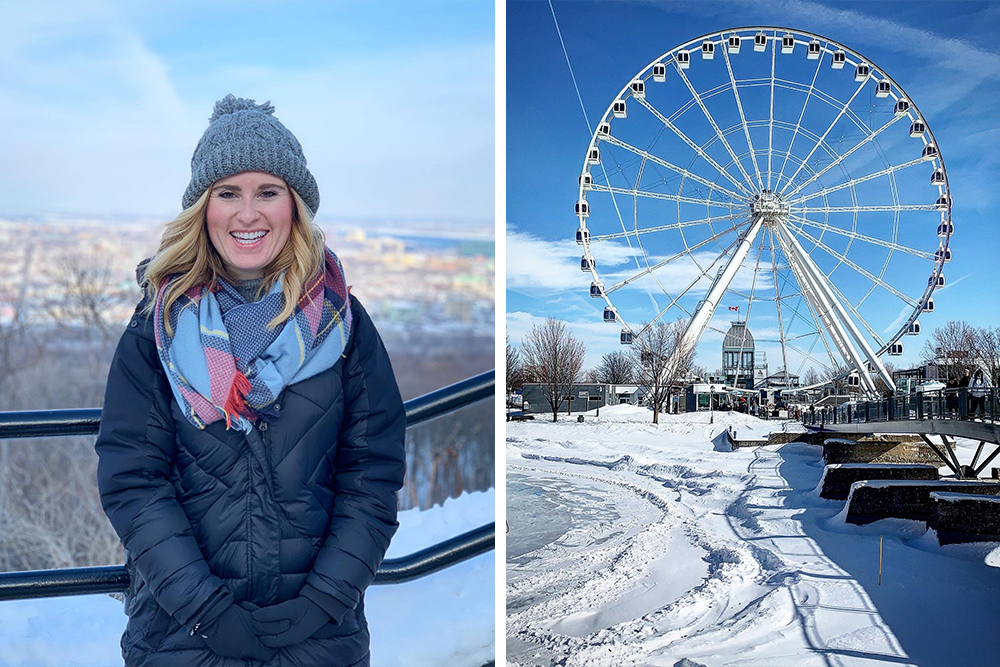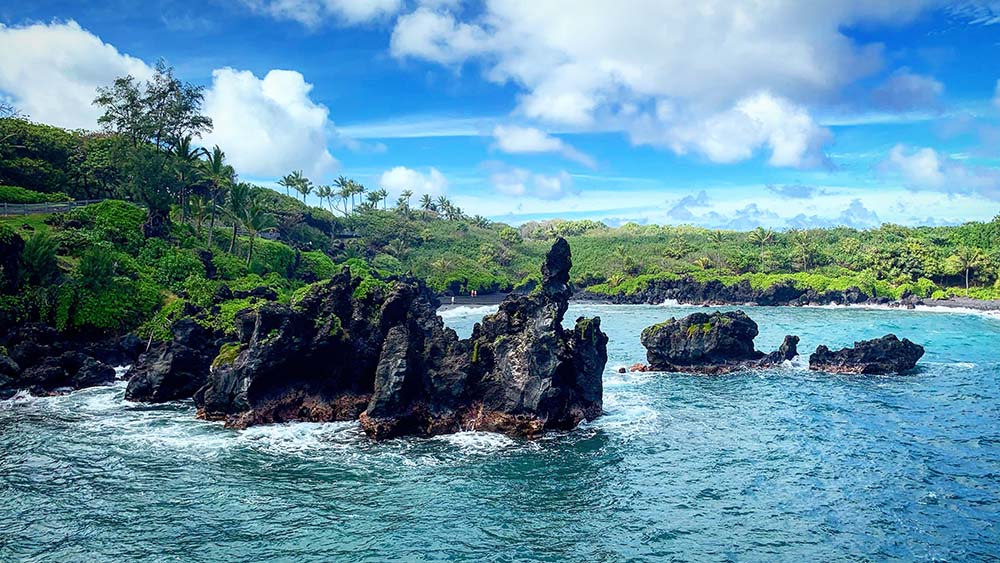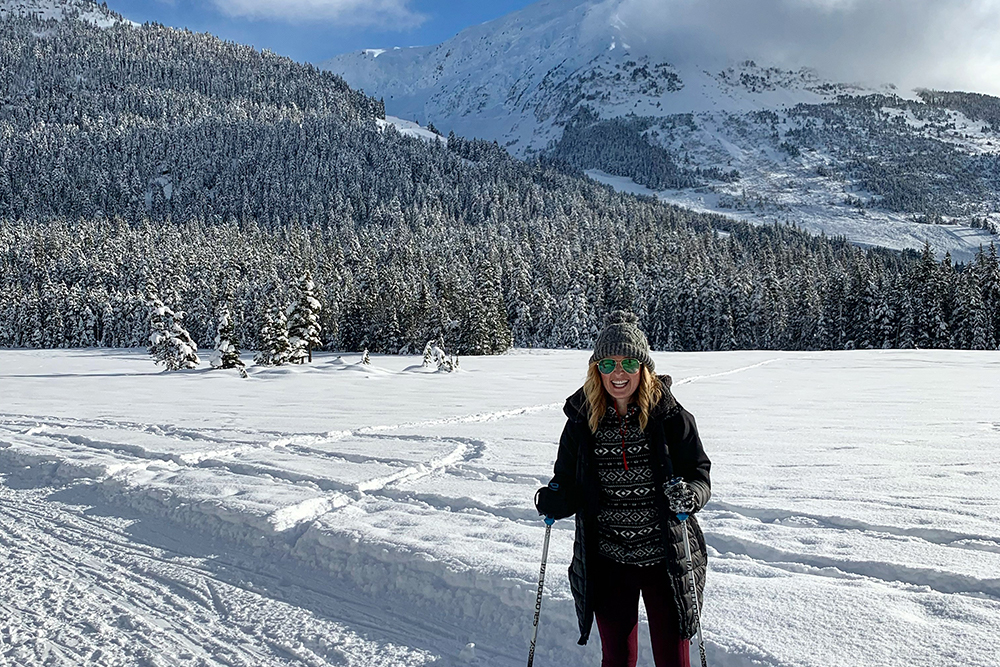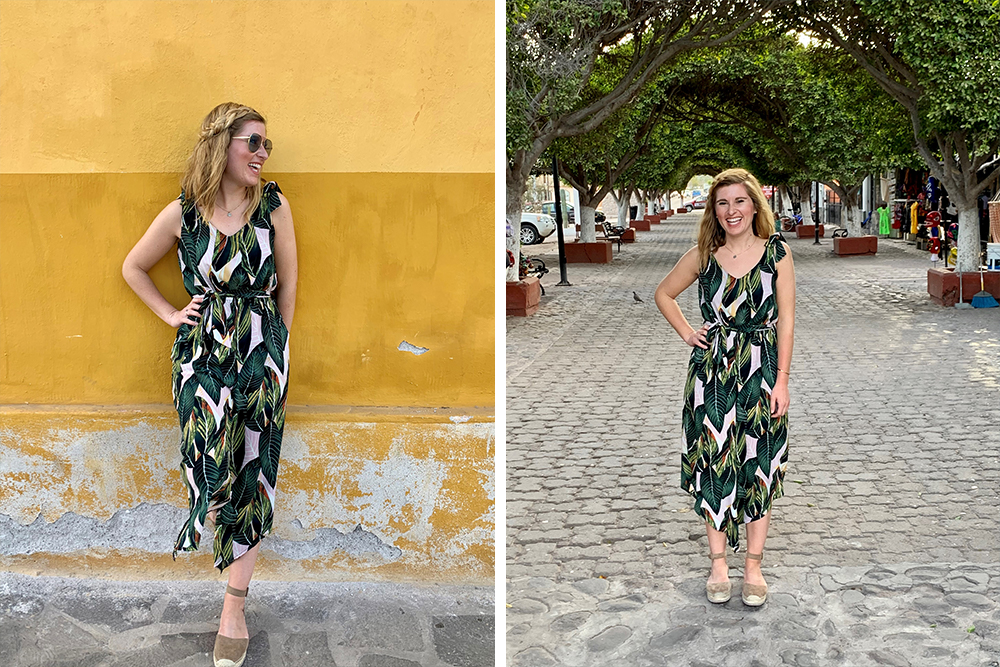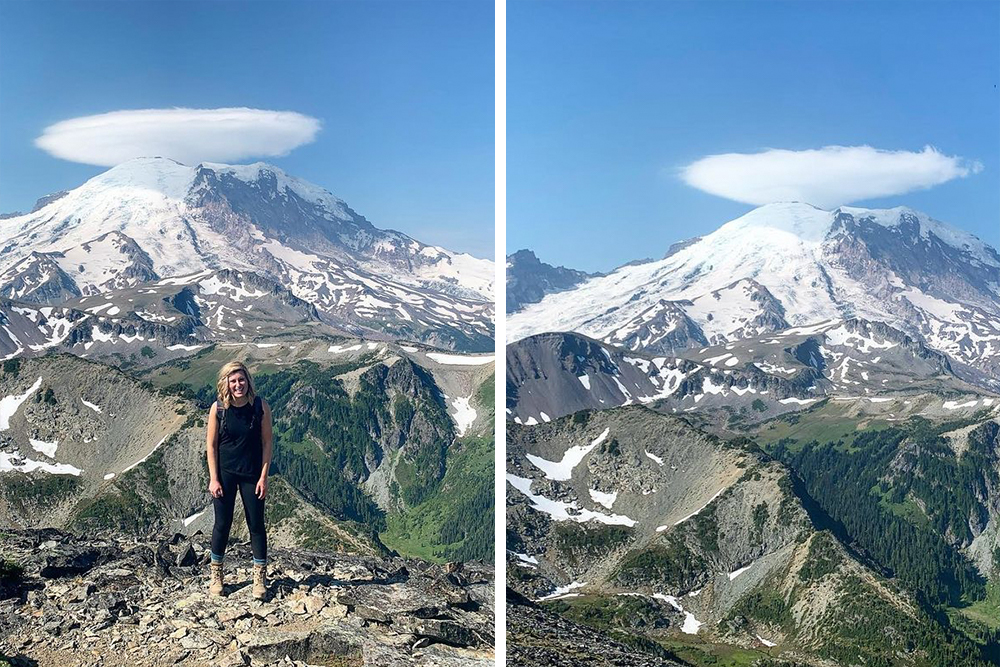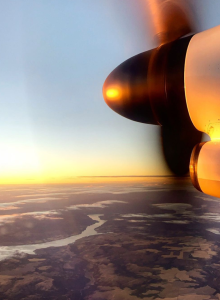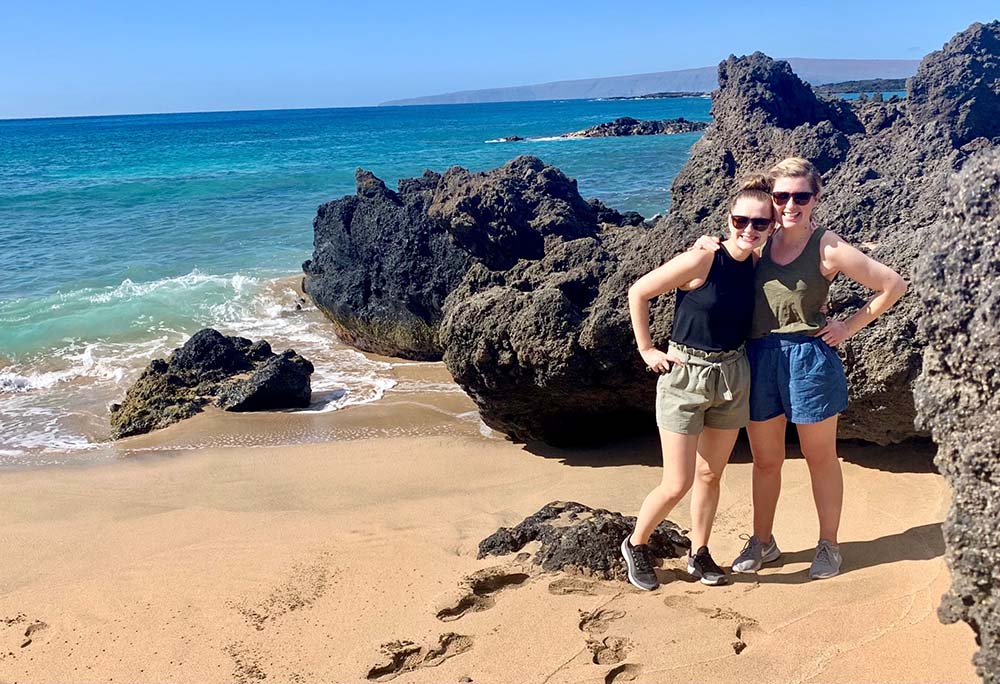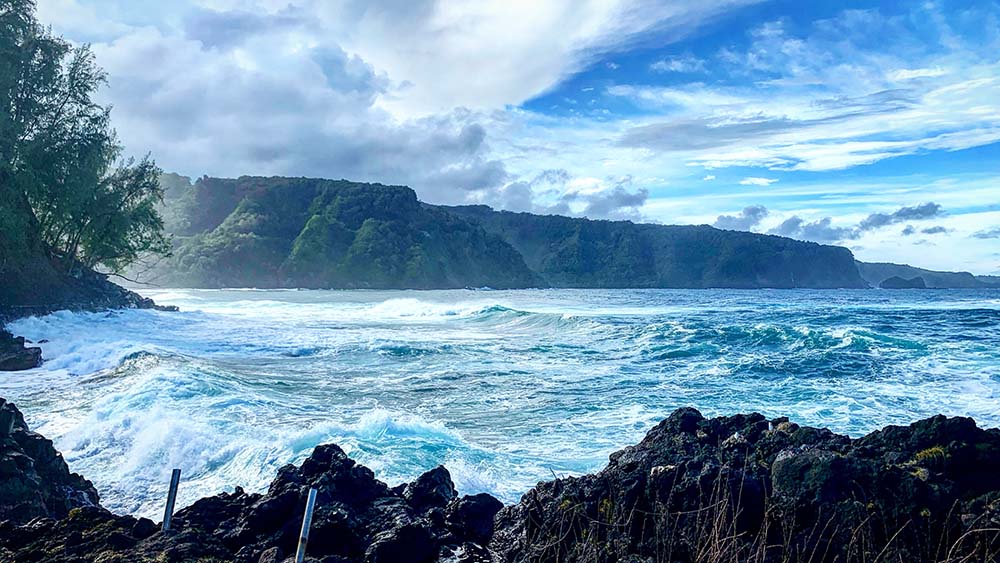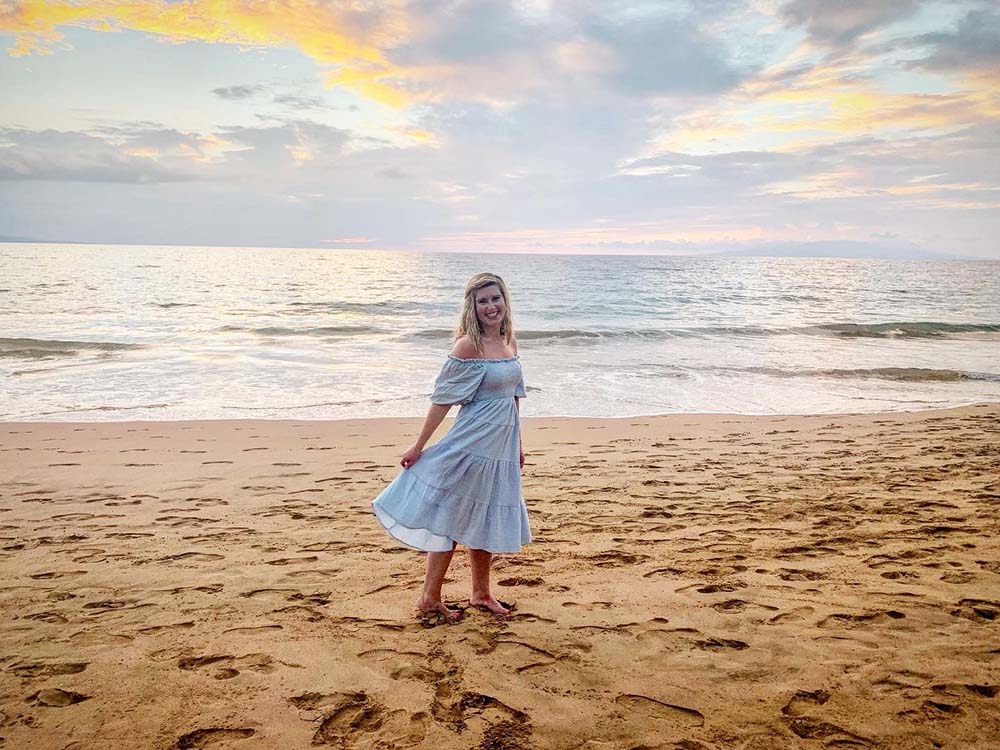What does oneworld mean for me?
Share

We’re in a celebrating mood at Alaska Airlines.
Today, March 31, marks our official first day as the newest member of oneworld. It’s a major milestone – for the first time in our 89-year history, we’ve joined an airline alliance. We’re now part of a family of the world’s best airlines.

As Alaska joins forces with 13 member airlines in oneworld, you might be wondering: What does this mean for me?

There’s plenty of goodness. Starting right away, oneworld opens a world of travel possibilities for all our flyers.

As a Mileage Plan member, you can earn Alaska miles on all 14 member airlines when you fly to as many as 1,000* destinations in more than 170 countries and territories. And as part of oneworld, we’ll have dedicated resources that will allow us to better help you when you’re traveling on a member airline.
As our guests return to the skies after a year of staying close to home, we’re eager to showcase the advantages of seamless travel with our membership in oneworld,” said Ben Minicucci, Alaska’s CEO. “The alliance transforms Alaska into a truly global airline, connecting our strong West Coast network and destinations across North America with the worldwide reach of our alliance partners.”
If you’re an elite flyer with Alaska – someone who has earned MVP, MVP Gold or MVP Gold 75K with us – there’s a lot to get excited about.
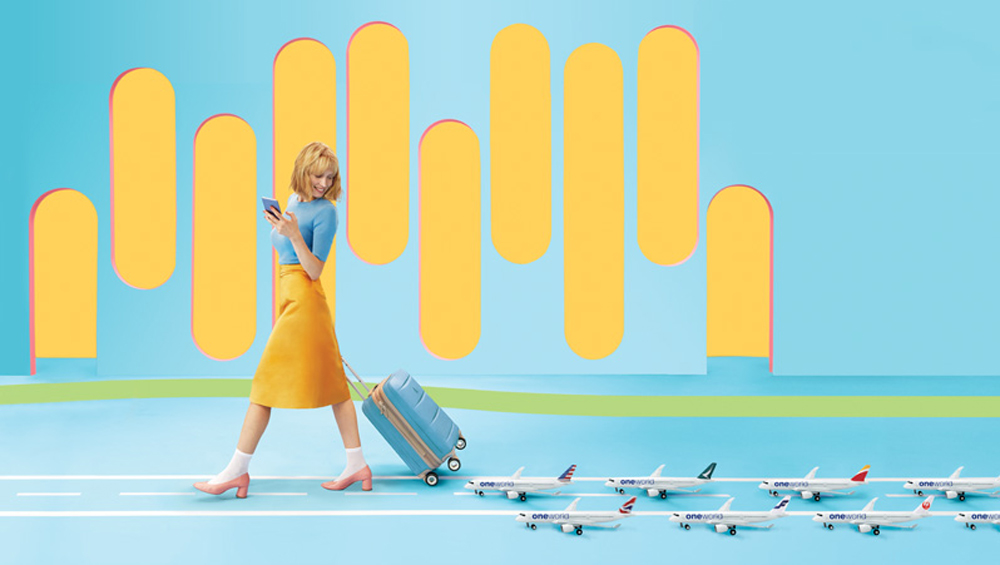
Many of the benefits our elite flyers currently enjoy will seamlessly carry over to the oneworld tiers when they travel on any of the member airlines. You’re an MVP Gold? Without doing a thing, you now also have Sapphire tier status in oneworld (75K fliers are Emerald and MVPs are Ruby in the alliance).
Depending on your tier status, oneworld travel privileges can include priority check-in, access to more than 650* international first and business class lounges, preferred boarding, fast track through security, priority baggage benefits and more.
For example, for a traveler such as Kayla, an Alaska MVP Gold 75K who lives in Seattle, the benefits are incredible. Here’s why:
She just booked a trip to Tokyo in September to catch up with friends. She chose to fly oneworld member Japan Airlines. Why? Because she’ll earn Alaska miles on her trip. Plus, since she invested in extra comfort and booked business class, she’ll earn a heap of bonus miles.

With Alaska being a member of oneworld, she’ll enjoy all the Priority benefits on Japan Airlines that come with oneworld Emerald tier status, which includes lounge access in the airline’s Business Class Sakura Lounge, priority security, priority boarding and priority baggage.
In November, she plans to visit family in Barcelona. To get there, she’ll redeem Alaska Mileage Plan miles she’s saved up for flights on American Airlines and Iberia, both oneworld members. Along the way, she’ll once again receive the same Priority benefits for her oneworld Emerald tier status.
Capturing elite status on Alaska can happen sooner than you think. You can become an MVP once 20,000 eligible miles are earned, which then gives you oneworld Ruby tier status. And through June 30, 2021, you can accrue 50% more Mileage Plan elite-qualifying miles on Alaska flights to help you attain status faster.
Before you know it, you can be redeeming miles for bucket list adventures – maybe sunning in the Maldives, a safari in South Africa, an epic journey to India.
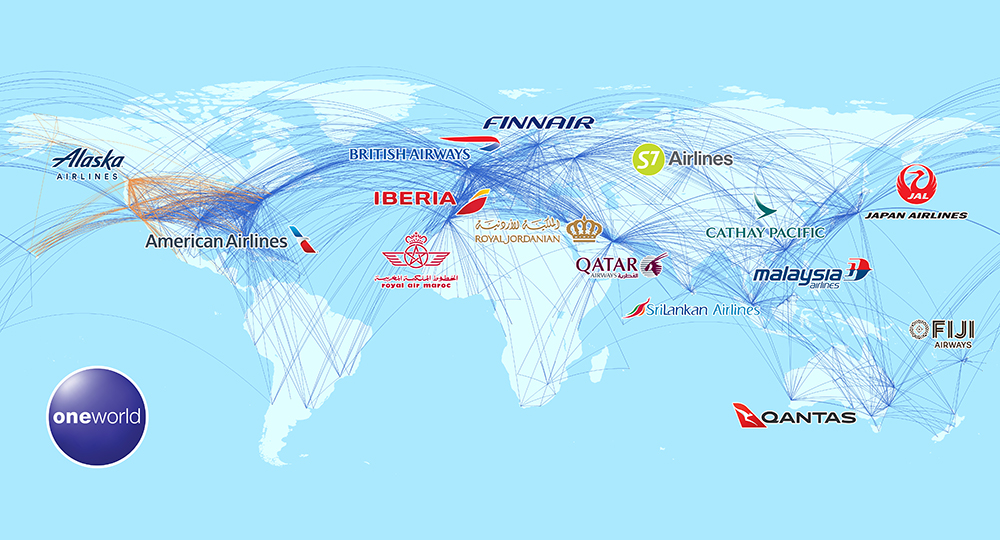
The 14 members of oneworld ready to take you nearly anywhere are: Alaska Airlines; American Airlines; British Airways; Cathay Pacific Airways; Finnair; Iberia; Japan Airlines; Malaysia Airlines; Qantas; Qatar Airways; Royal Air Maroc; Royal Jordanian; S7 Airlines and SriLankan Airlines. Fiji Airways is a oneworld connect partner offering select services and benefits on sponsored airlines.
Get the latest on Alaska’s membership in oneworld at alaskaair.com/oneworld.
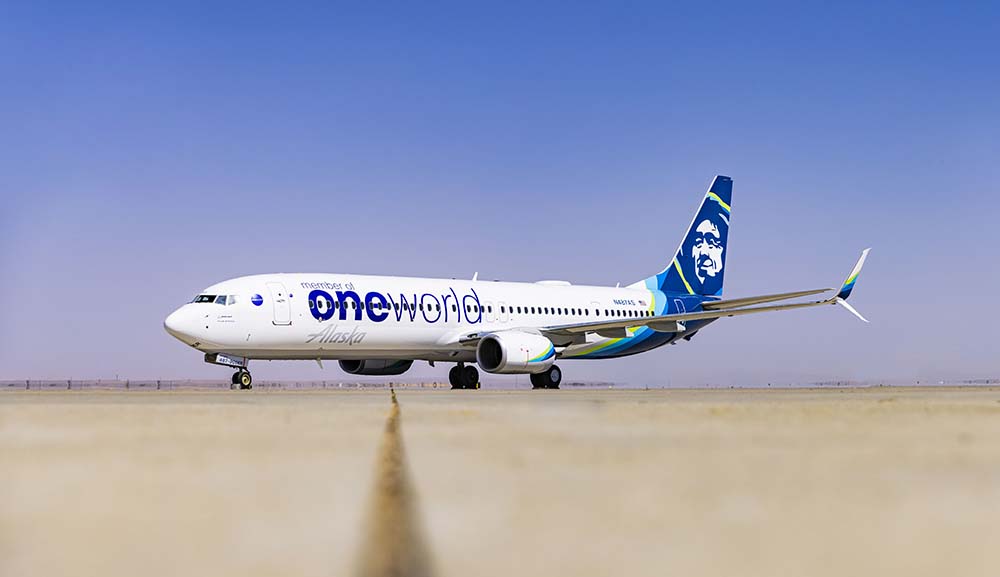
See the livery (paint scheme) come to life from start to finish:
Watch other member airlines welcome us to oneworld:
NOTE: * pre-COVID figures



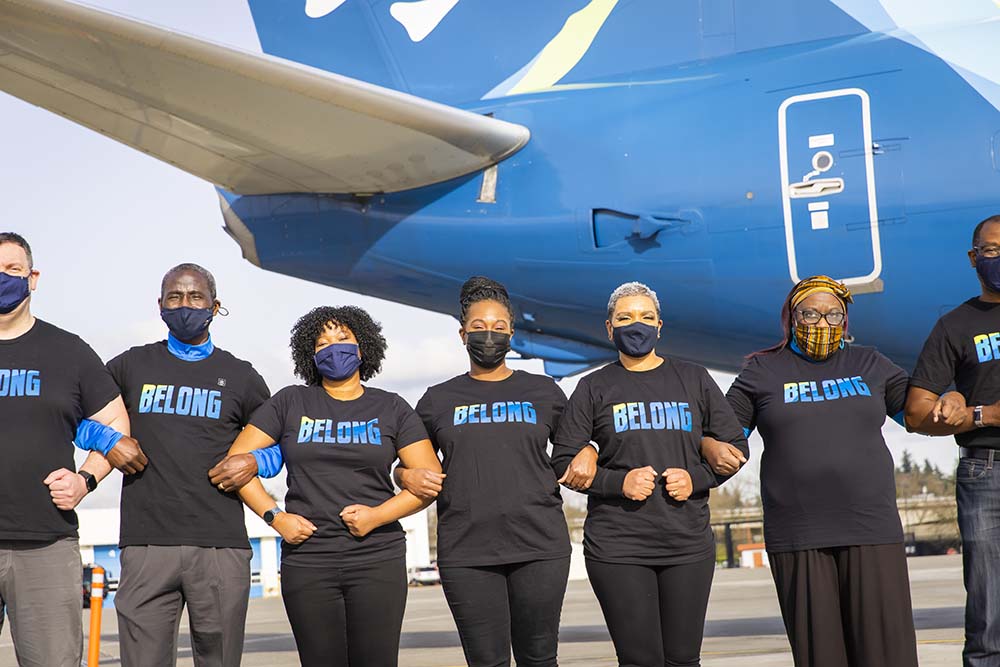
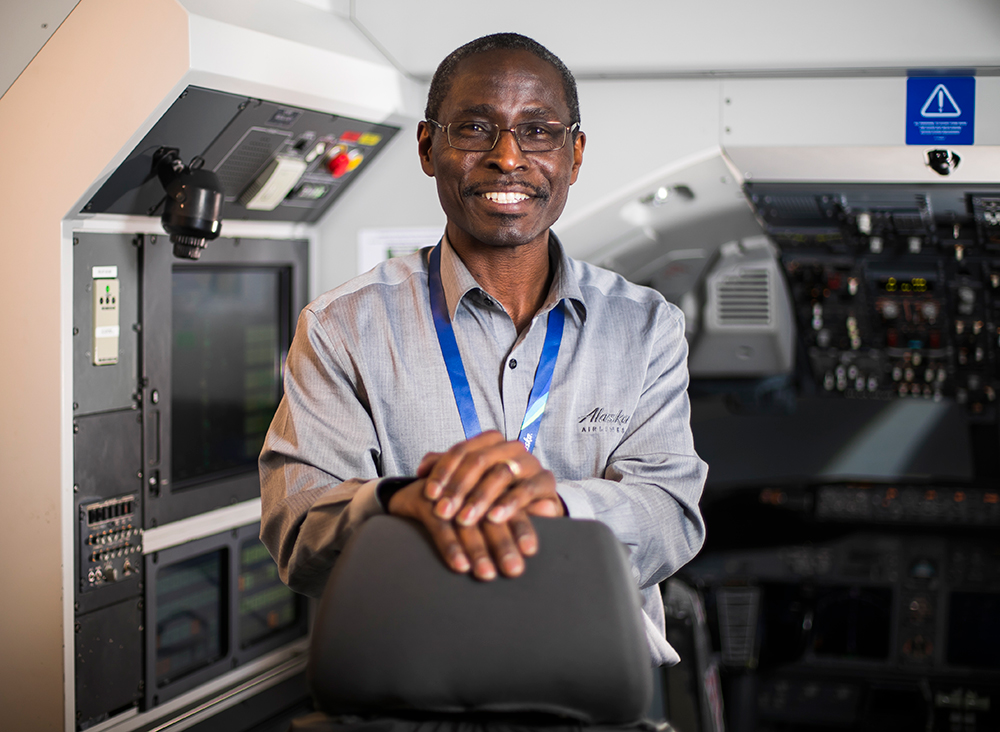
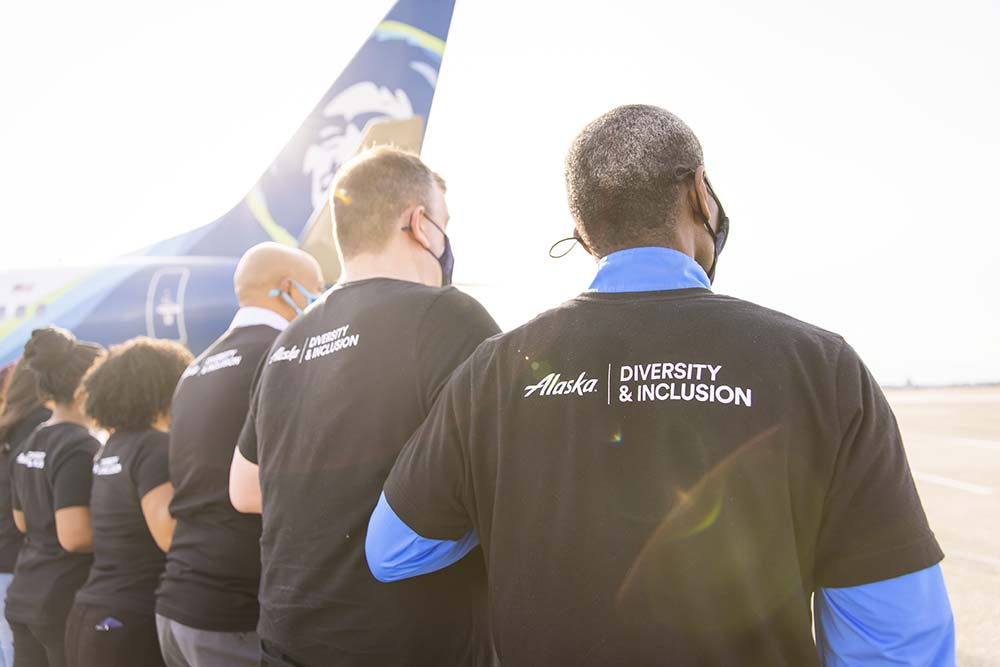
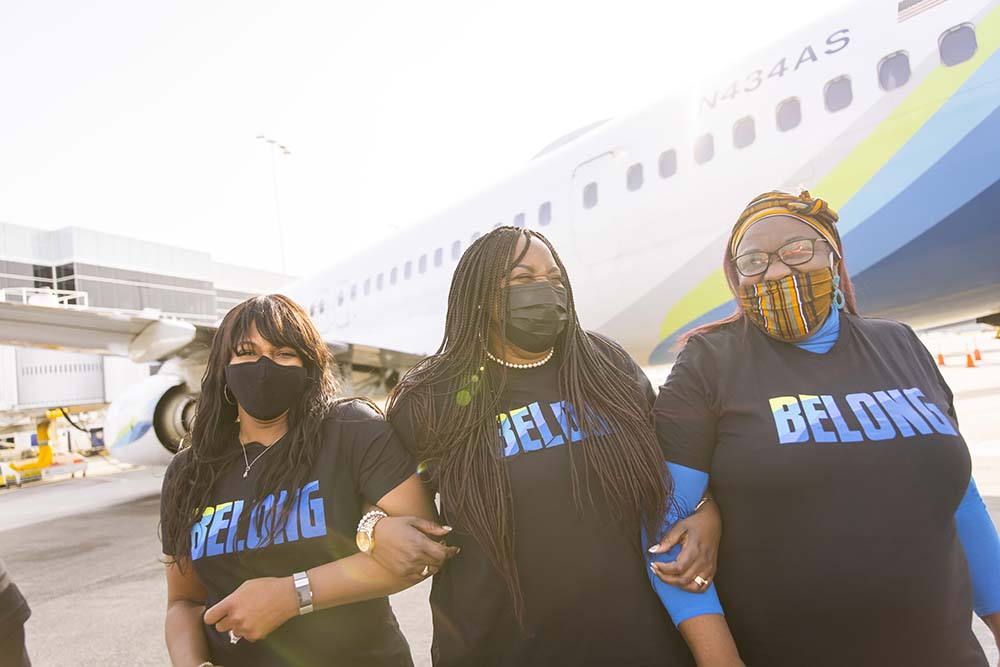
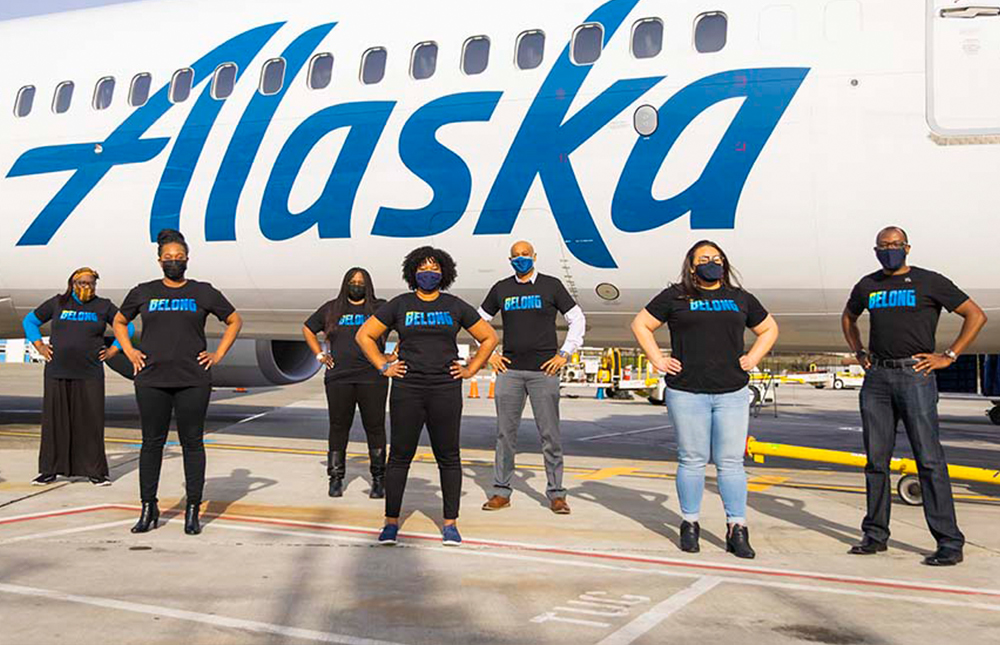



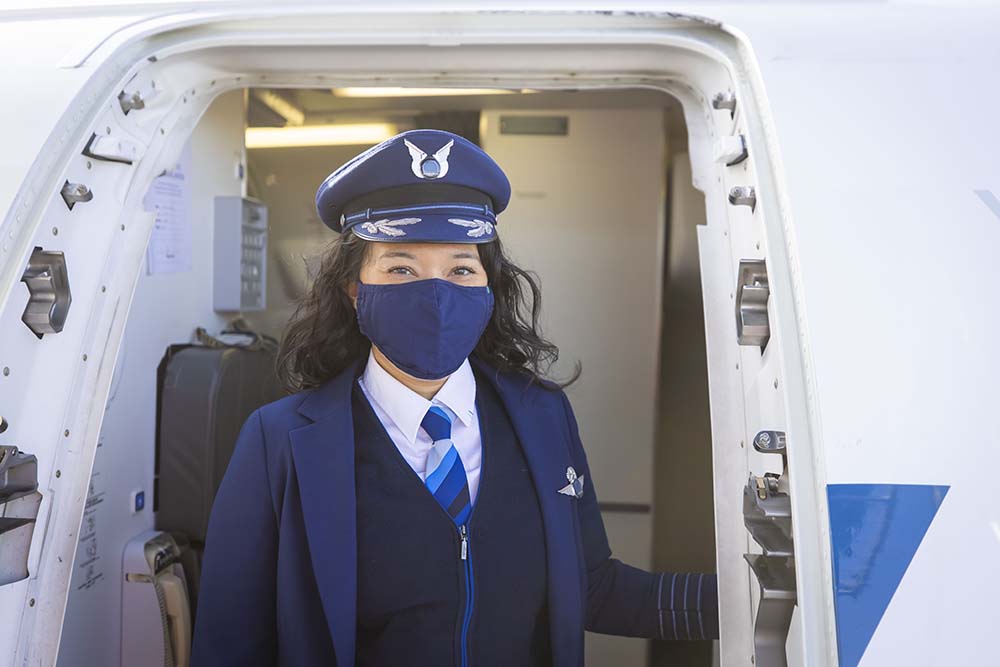
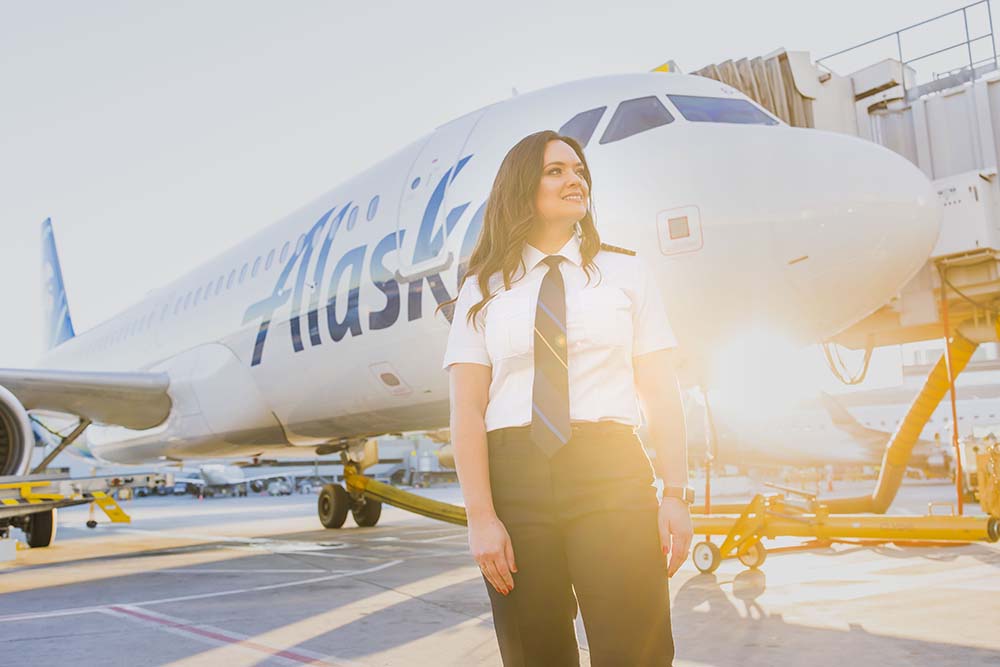


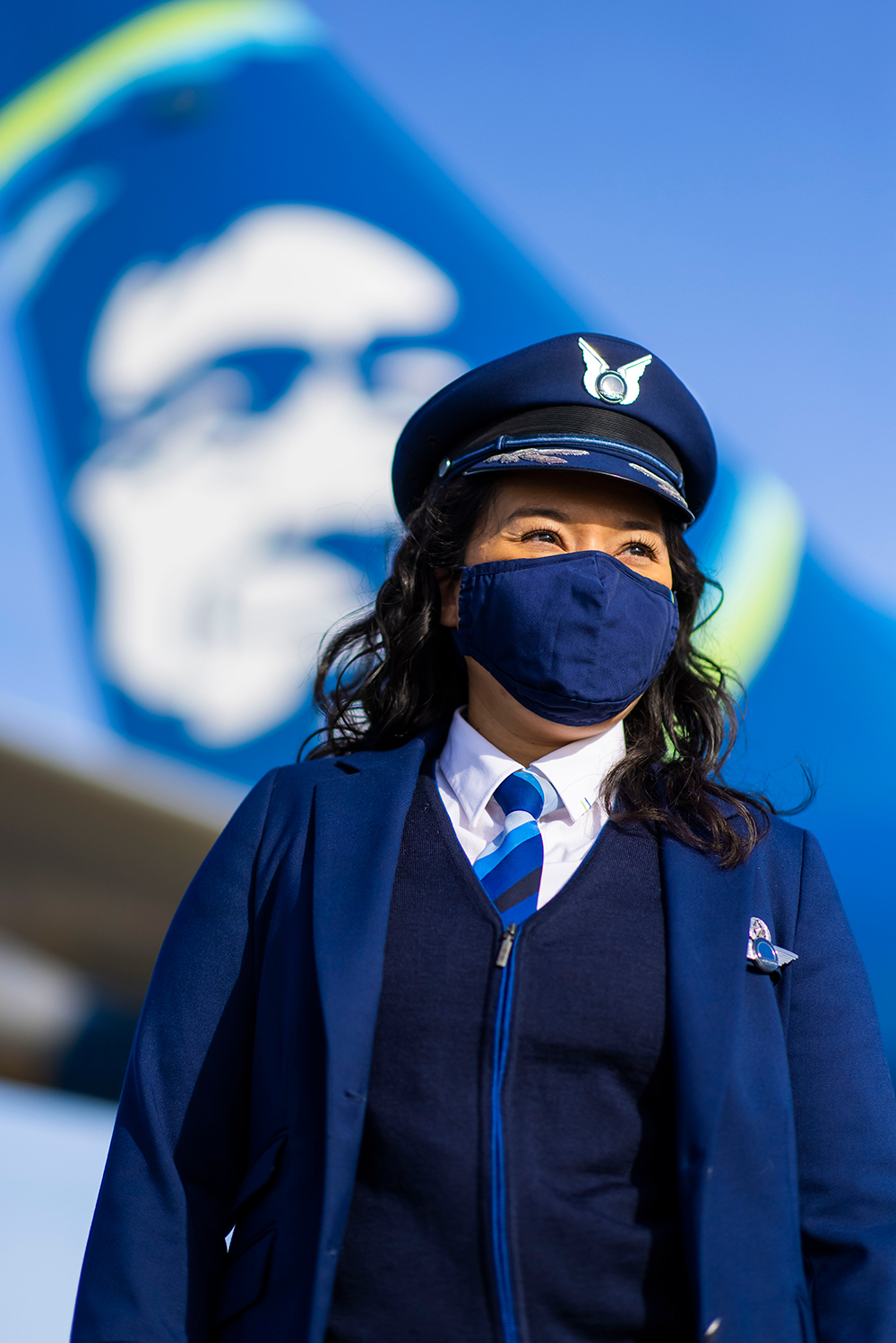

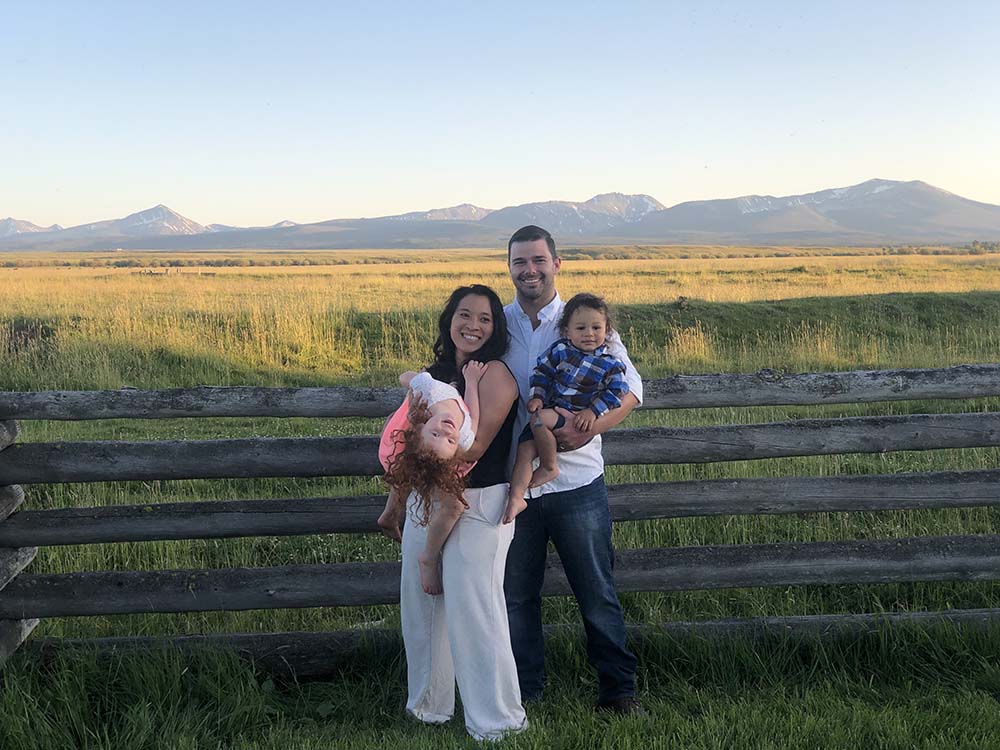


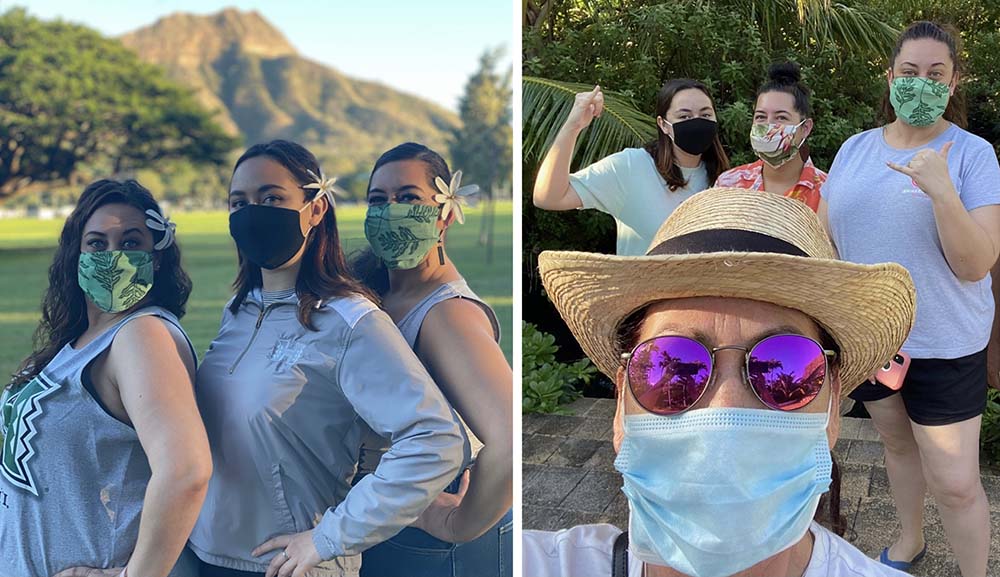


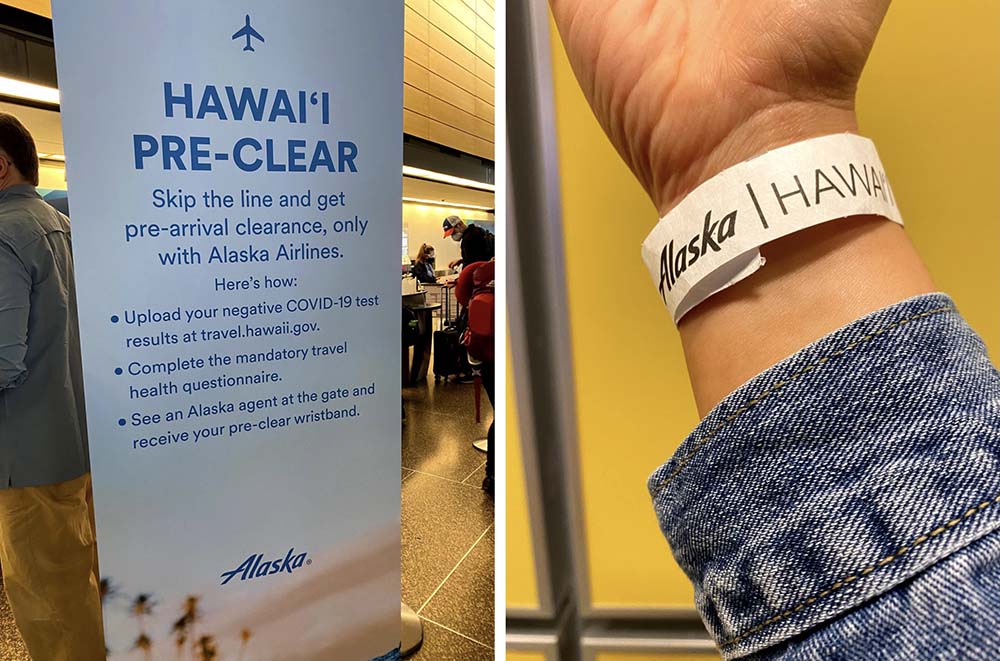
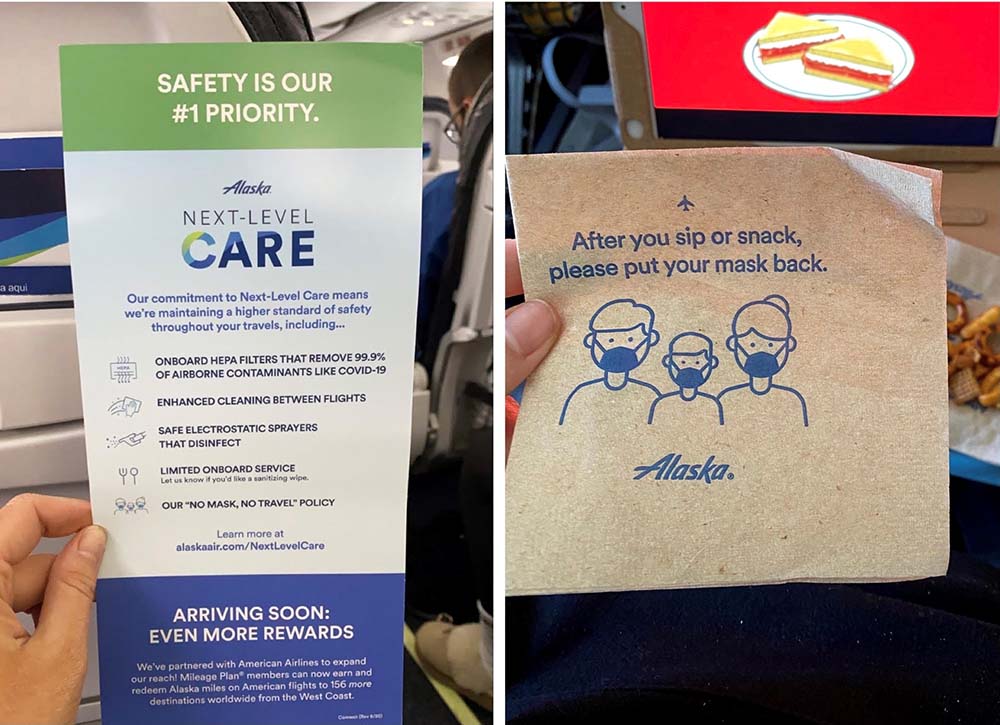
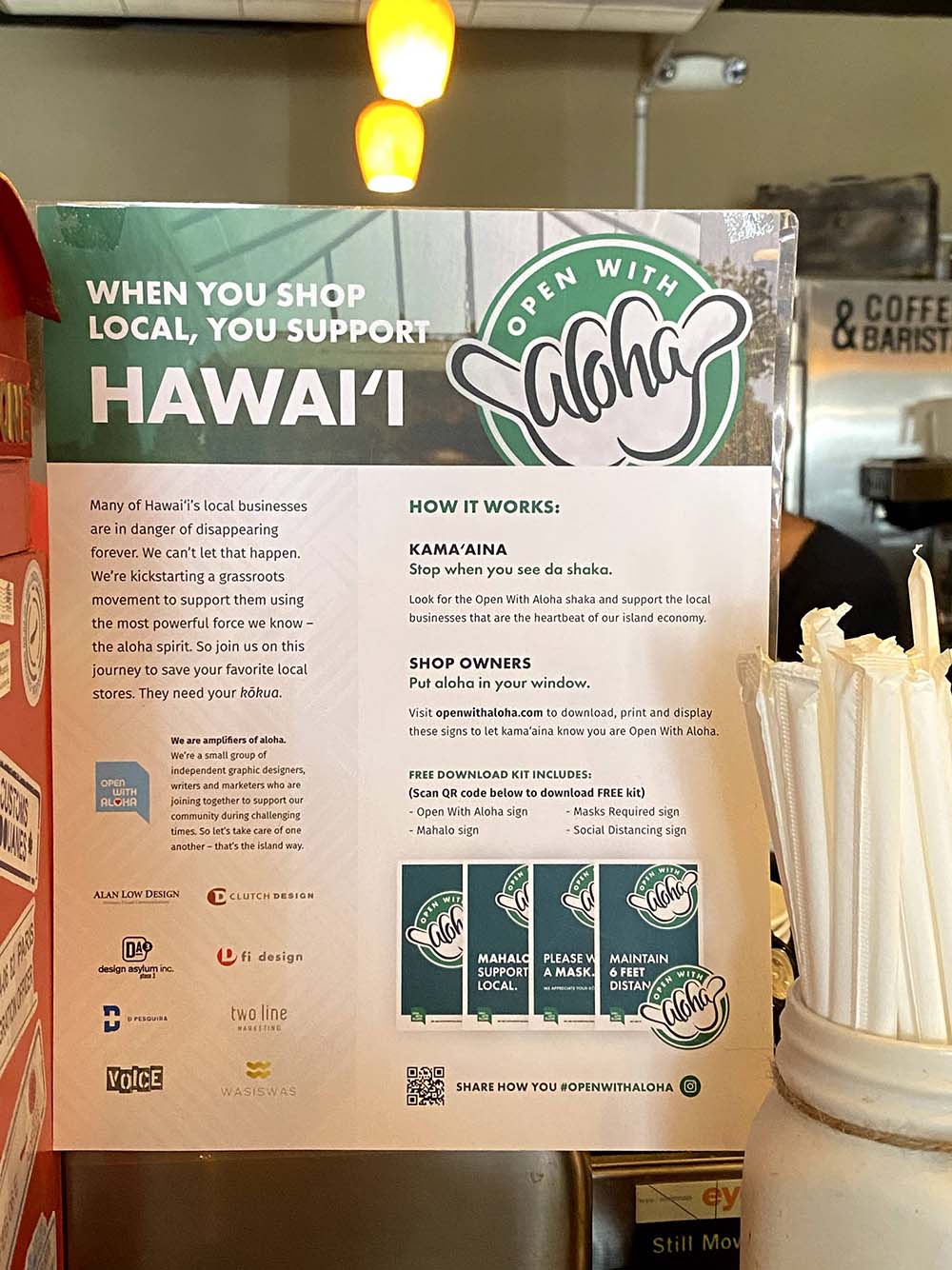
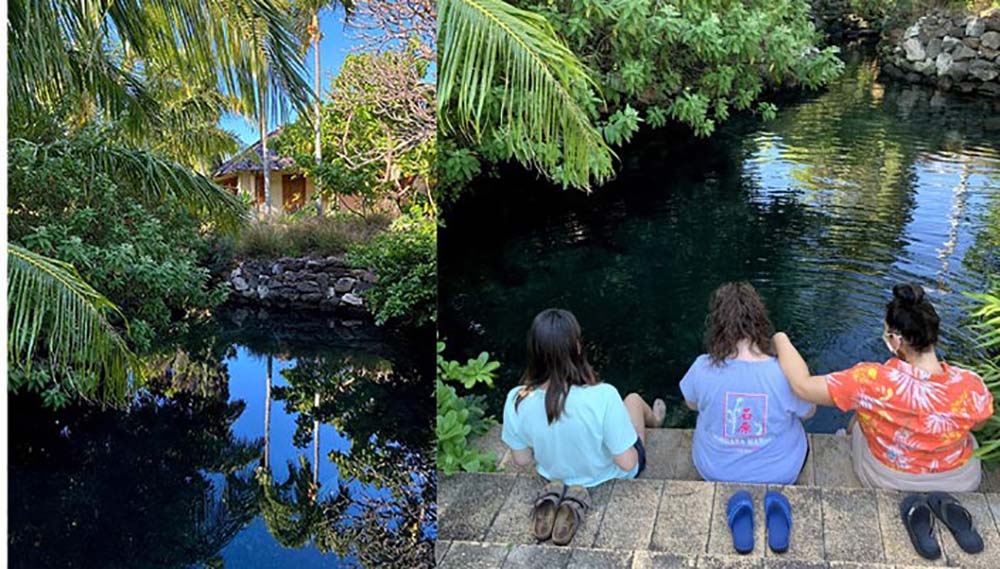

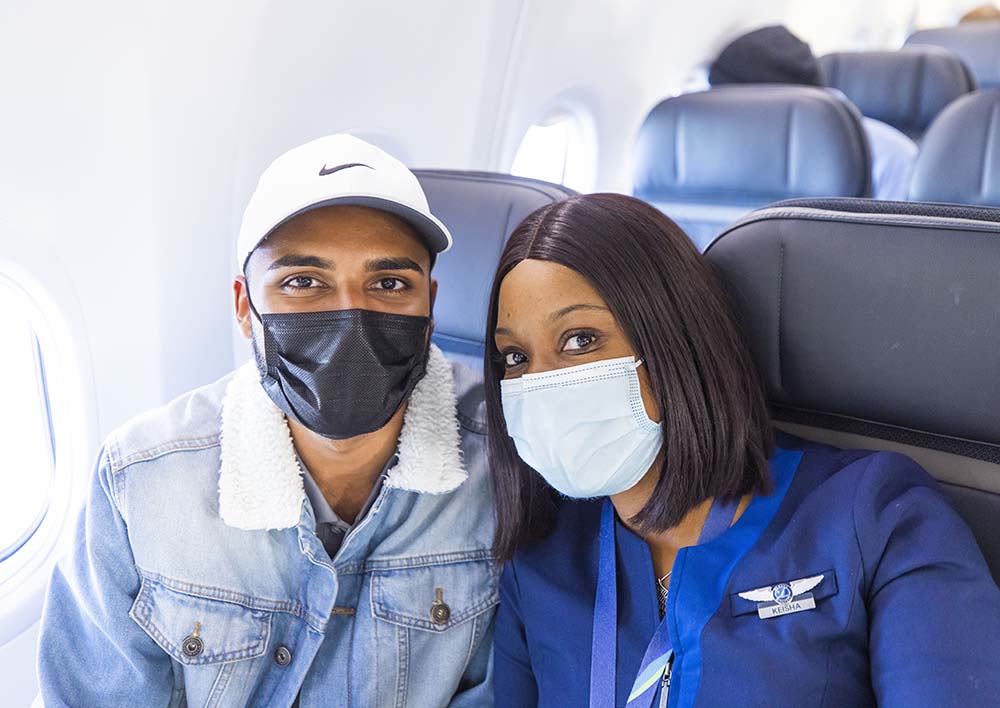
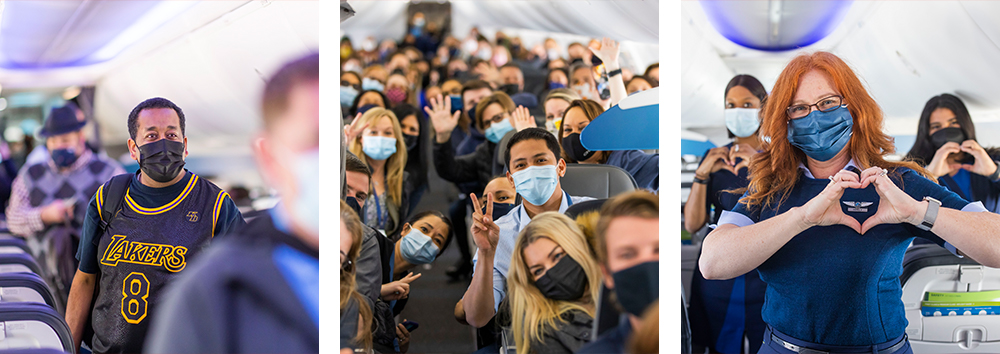
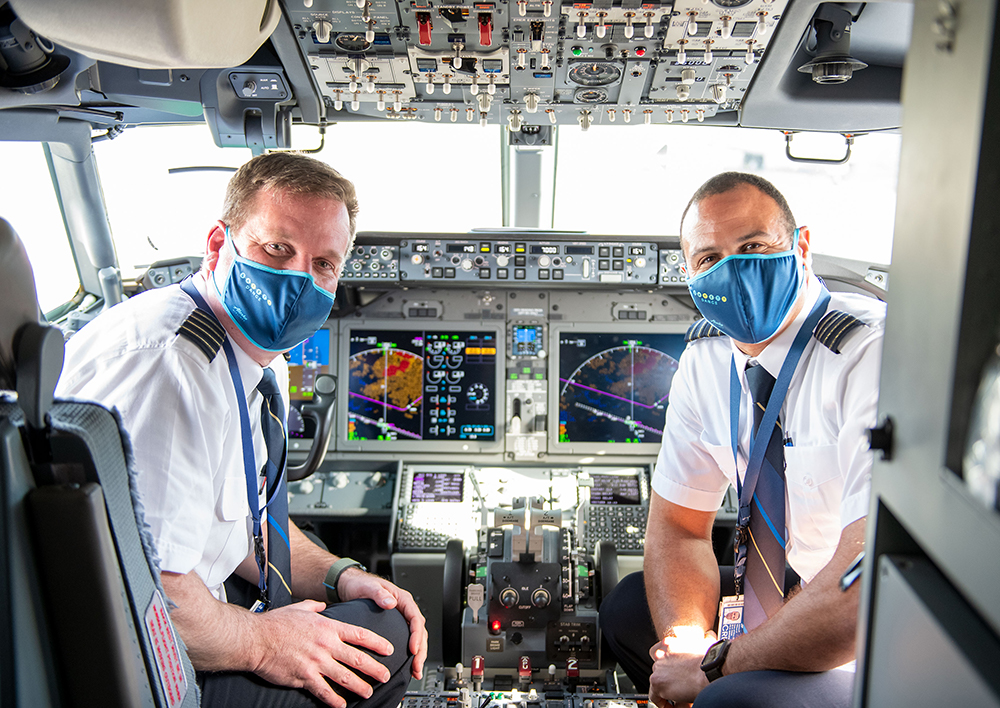
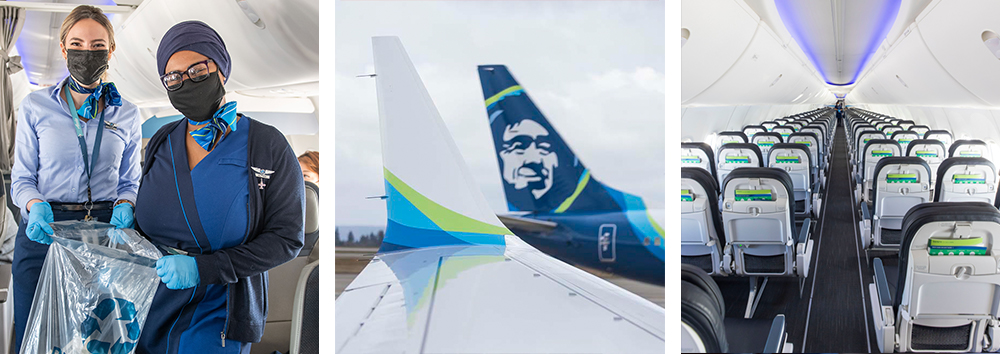
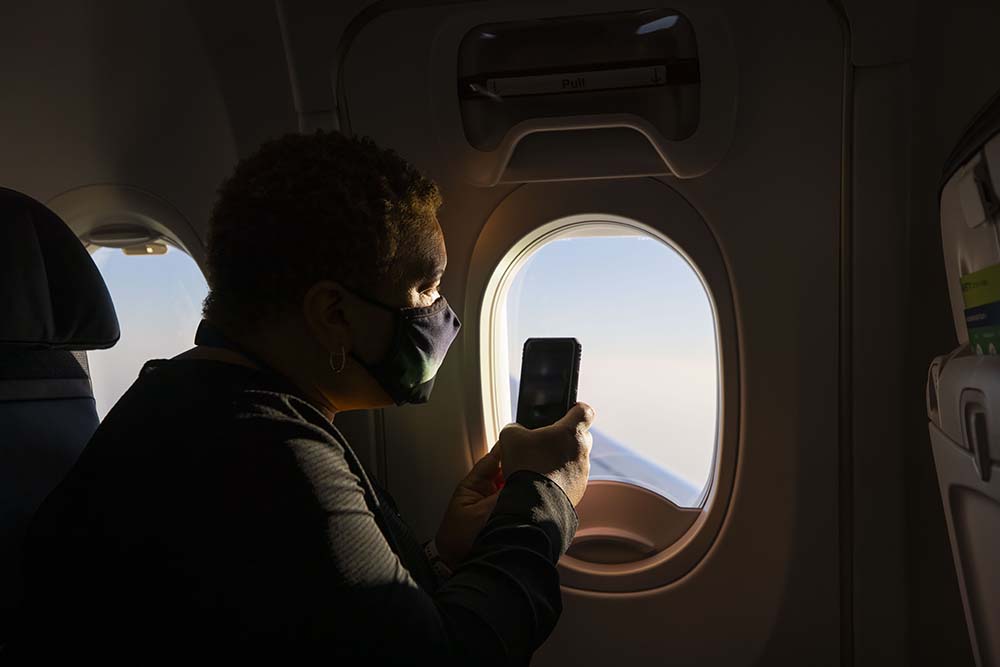
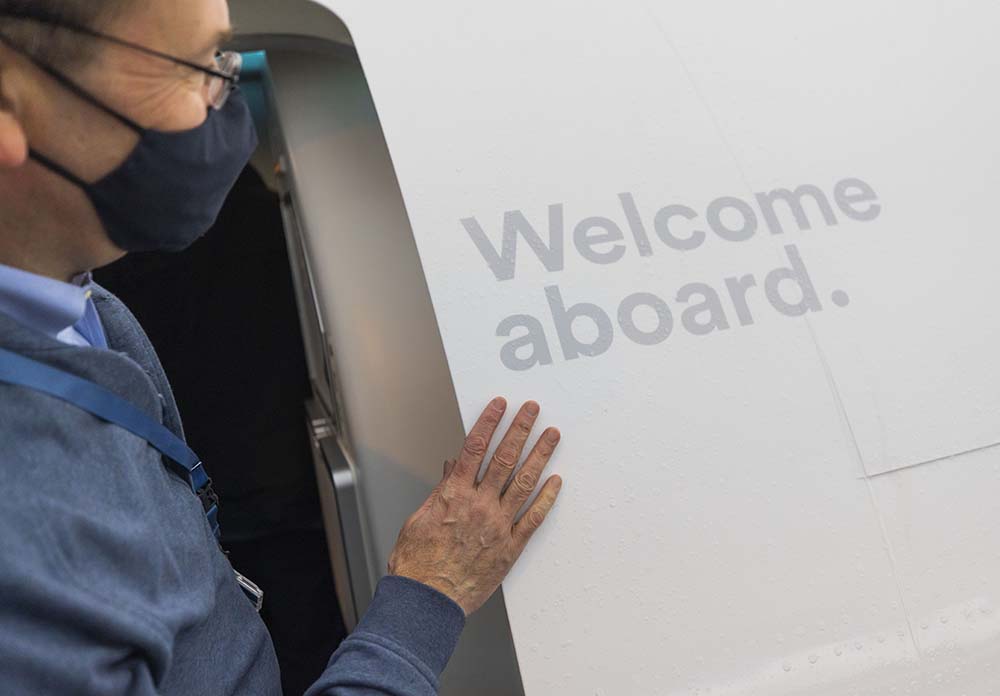
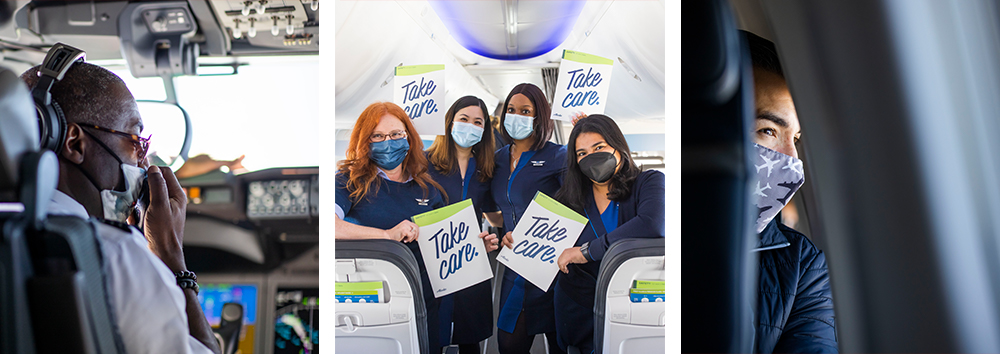

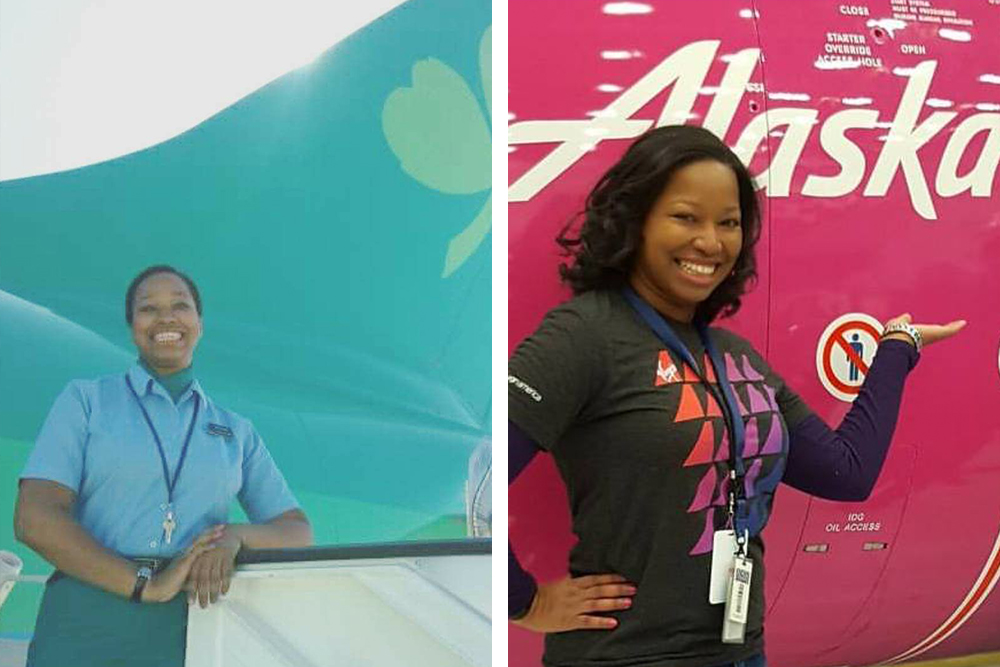
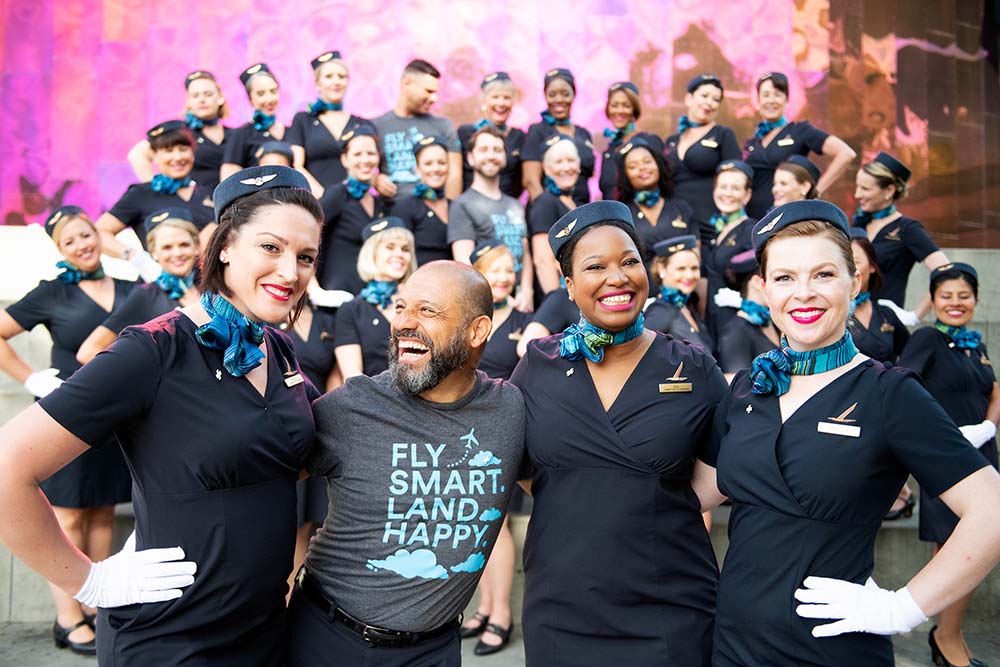
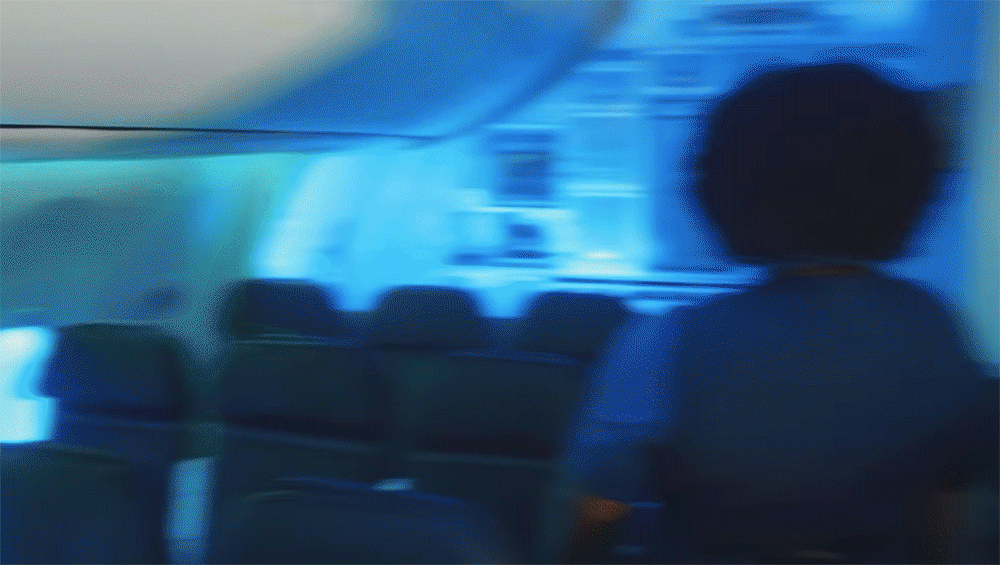
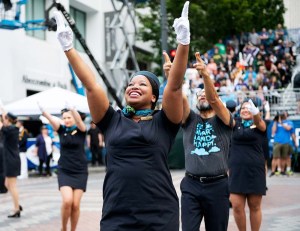 “My mother was a librarian, so I’ve loved books my whole life,” Adair says. She eschews travel guides and dives into fictional novels set in unique destinations. “Fiction can give you a taste of the spirit of the place that makes it even more fun to explore when you get there.”
“My mother was a librarian, so I’ve loved books my whole life,” Adair says. She eschews travel guides and dives into fictional novels set in unique destinations. “Fiction can give you a taste of the spirit of the place that makes it even more fun to explore when you get there.”
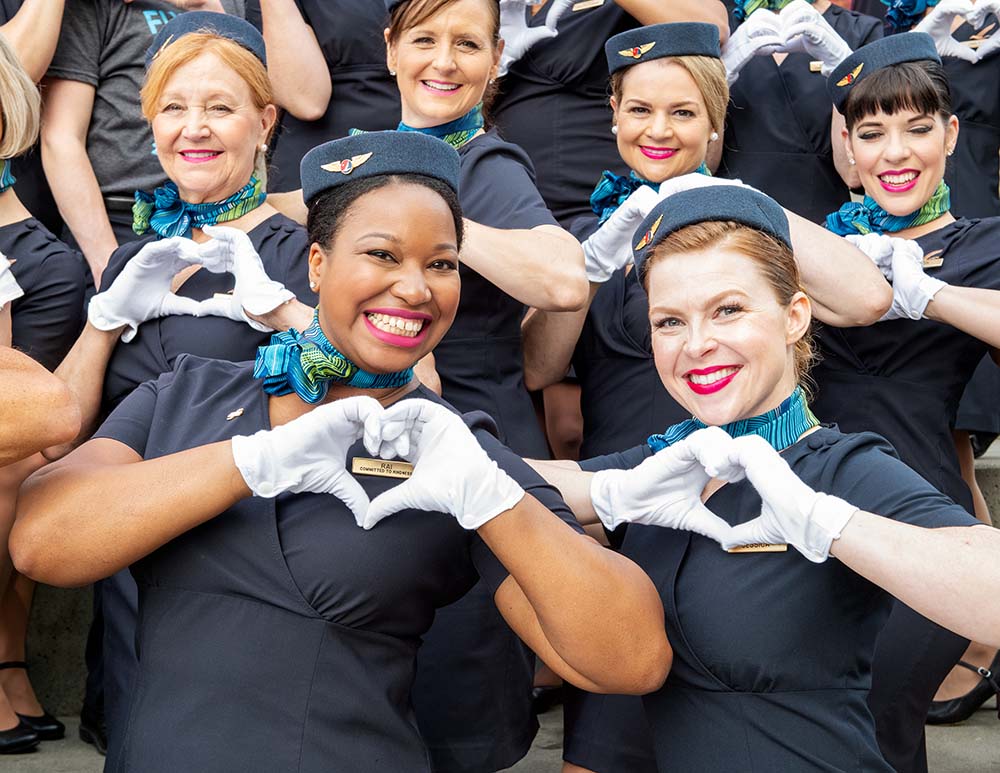

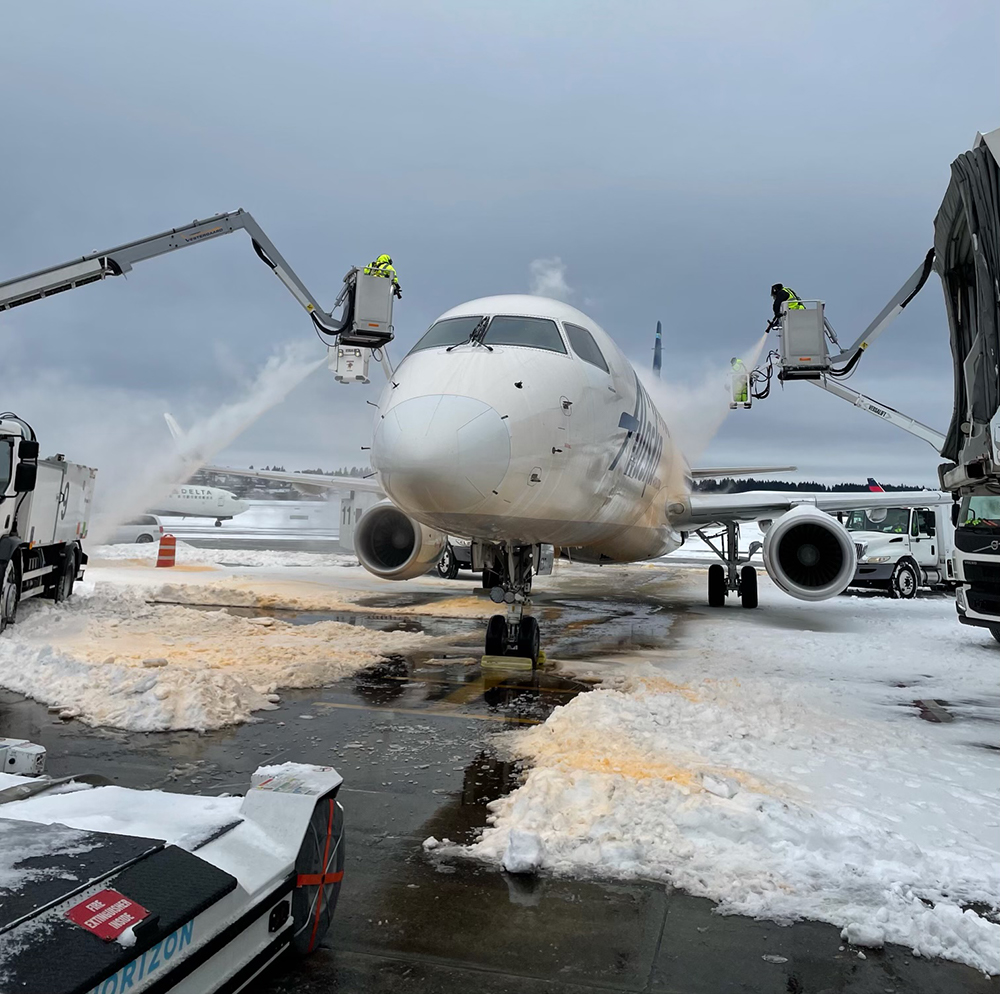

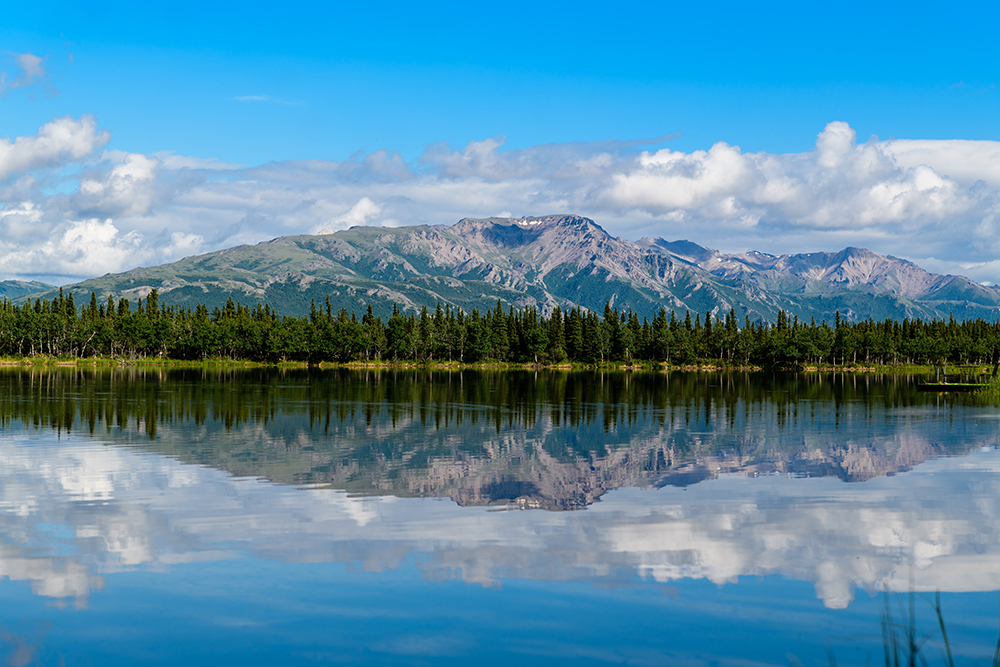
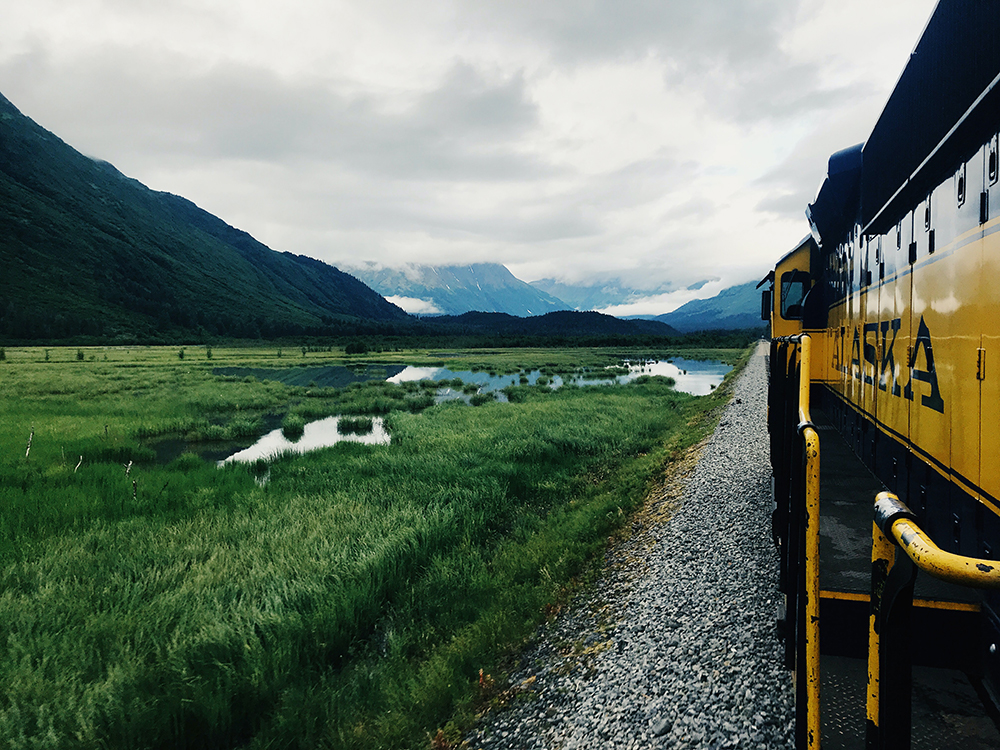

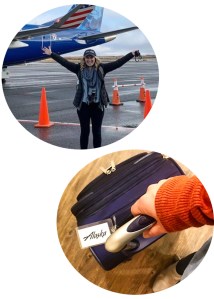 If you also love to travel, you can probably relate to how I felt in 2020 (completely, and utterly, aghast).
If you also love to travel, you can probably relate to how I felt in 2020 (completely, and utterly, aghast).